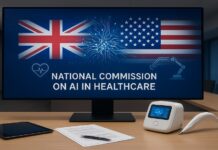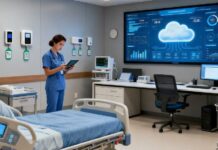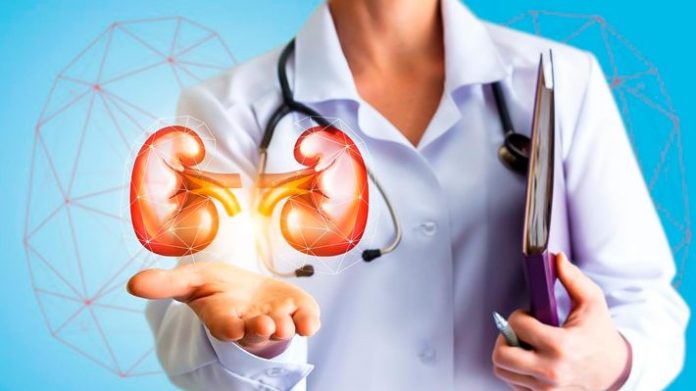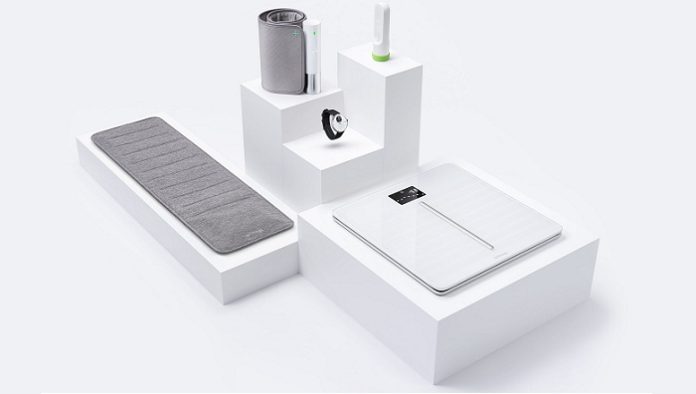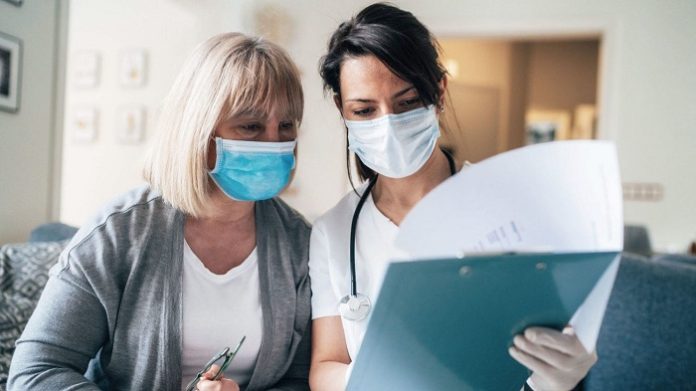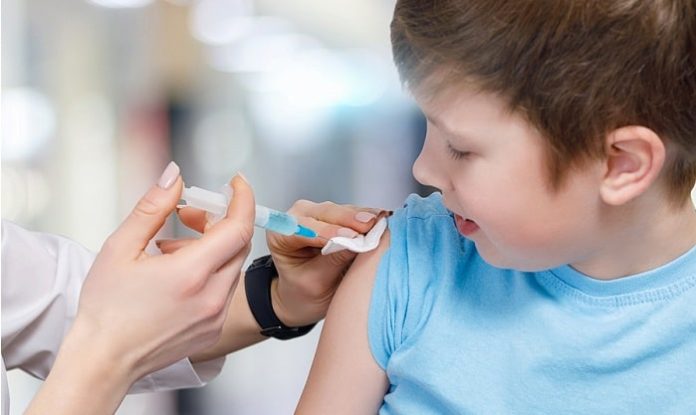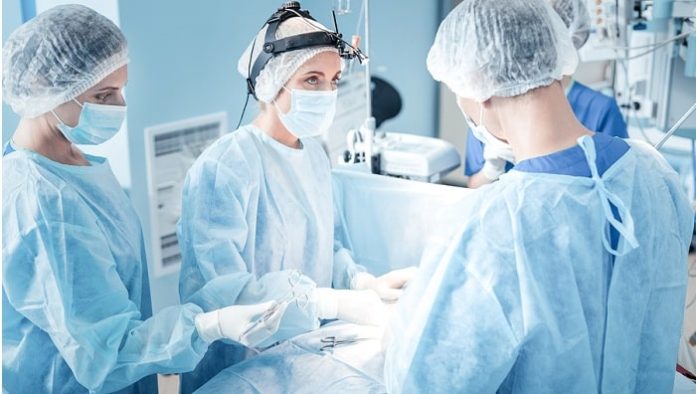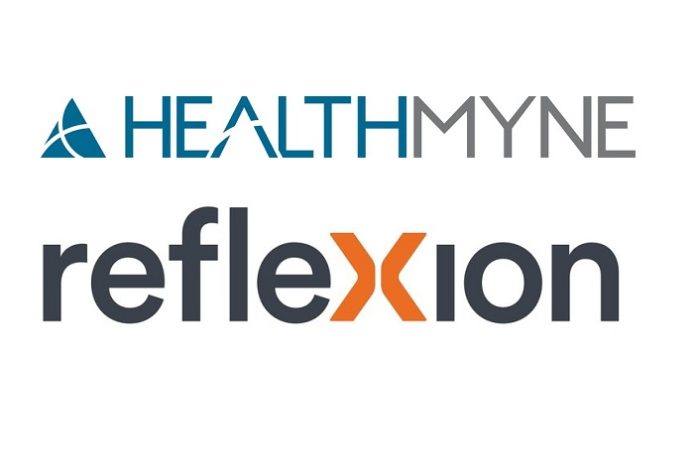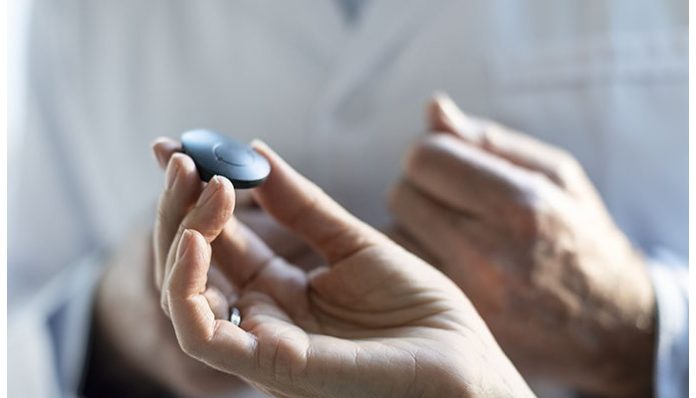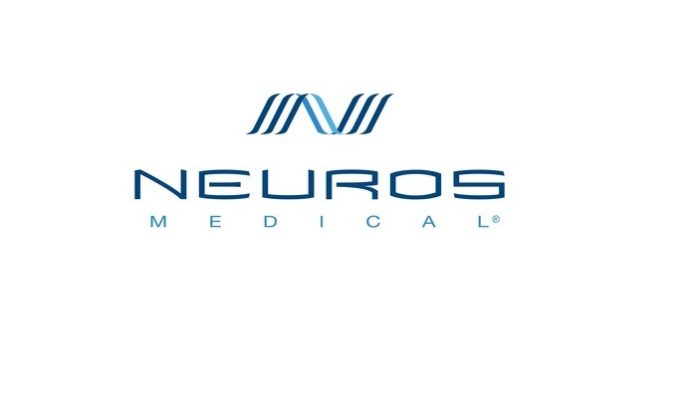RefleXion Medical, a therapeutic oncology company pioneering biology-guided radiotherapy* (BgRT) as a new modality for treating all stages of cancer, and HealthMyne Inc., an innovative developer of applied radiomic solutions, announced a strategic partnership to bring together the companies’ technologies to quantify and improve the inherently complex decisions surrounding cancer therapy and develop a more individualized approach to patient treatment.
“Our novel BgRT technology produces data-rich CT and PET images at each patient treatment session,” said Thorsten Melcher, Ph.D., chief business officer at RefleXion. “Applying HealthMyne’s unique radiomic insights and AI-enabled algorithms holds the promise of decoding these data so clinicians can use the tumor’s characteristics and its response to radiotherapy to inform and guide the entire patient journey. Instead of delivering standardized treatment protocols, we can now think about the best care plan for each patient and use our biological guidance to deliver it confidently, even one day, to metastatic patients.”
HealthMyne’s solutions enable clinicians to access image data not discoverable with the naked eye and translate it into groundbreaking disease insights. The core of HealthMyne’s solutions enables precise extraction of quantitative imaging or structural information, known as radiomic data, to improve and automate decision making in cancer research, screening, treatment planning, and clinical management. This includes over 1,500 multi-dimensional measurements and novel radiomic data capable of powering predictive algorithms and precision medicine initiatives.
Radiomic data forms the basis for imaging biomarkers, defined by the Radiological Society of North America as objective tumor characteristics derived from an image, which indicate normal or disease processes, or response to a therapeutic intervention. These markers, which provide clinical signatures as unique as each patient, complement the more widely known genomic or molecular biomarkers. Together, these two different biomarkers could dramatically alter the clinical decision-making landscape for cancer care.
BgRT uses emissions from a patient’s cancer cells created by injecting a small amount of a targeting molecule carrying a positron-emitting radioisotope, known as a PET tracer, to guide external beam radiotherapy. As the tracer binds to the tumor cells, groups of emissions form partial PET images that signal the cancer’s location and immediately guide delivery of a partial dose of radiation. By the end of the treatment session, delivery of the full radiation dose is complete, and full CT and PET images containing thousands of tumor characteristics are available for radiomic analysis.
“RefleXion’s use of PET emissions to prescriptively determine where to attack the cancer combined with HealthMyne’s ability to objectively measure tumor characteristics and quantify treatment response creates a powerful technological foundation from which to improve patient care,” said Rose Higgins, CEO at HealthMyne. “In the future, clinicians may have the ability to determine much earlier and with a high degree of accuracy, whether changes to the individual patient’s treatment plan are warranted and the predicted outcomes.”
About HealthMyne
HealthMyne, a pioneer in applied radiomics, the cutting-edge field of extracting novel data and biomarkers from medical images, believes that every cancer patient’s story begins with an image. The company’s FDA-approved and CE marked, AI-enabled solutions allow organizations to easily access and translate groundbreaking radiomic insights into use in research, clinical outcomes, and treatment pathways. By leveraging radiomics, HealthMyne’s clients and partners can accelerate the development and delivery of the best possible treatments.
About RefleXion
RefleXion is a privately held therapeutic oncology company developing the first biology-guided radiotherapy (BgRT) machine, with the potential to move beyond single tumor therapy to one day treat multiple metastatic tumors throughout the body in the same treatment session. Currently, the RefleXion™ X1 is cleared for the delivery of stereotactic body radiotherapy (SBRT), stereotactic radiosurgery (SRS) and intensity modulated radiotherapy (IMRT). The company is also developing BgRT, which incorporates positron-emission tomography (PET) data to enable tumors to continuously signal their location. The BgRT technology will synchronize these data with the linear accelerator to direct radiotherapy to tumors with sub-second latency.RefleXion Medical, a therapeutic oncology company pioneering biology-guided radiotherapy* (BgRT) as a new modality for treating all stages of cancer, and HealthMyne Inc., an innovative developer of applied radiomic solutions, today announced a strategic partnership to bring together the companies’ technologies to quantify and improve the inherently complex decisions surrounding cancer therapy and develop a more individualized approach to patient treatment.
“Our novel BgRT technology produces data-rich CT and PET images at each patient treatment session,” said Thorsten Melcher, Ph.D., chief business officer at RefleXion. “Applying HealthMyne’s unique radiomic insights and AI-enabled algorithms holds the promise of decoding these data so clinicians can use the tumor’s characteristics and its response to radiotherapy to inform and guide the entire patient journey. Instead of delivering standardized treatment protocols, we can now think about the best care plan for each patient and use our biological guidance to deliver it confidently, even one day, to metastatic patients.”
HealthMyne’s solutions enable clinicians to access image data not discoverable with the naked eye and translate it into groundbreaking disease insights. The core of HealthMyne’s solutions enables precise extraction of quantitative imaging or structural information, known as radiomic data, to improve and automate decision making in cancer research, screening, treatment planning, and clinical management. This includes over 1,500 multi-dimensional measurements and novel radiomic data capable of powering predictive algorithms and precision medicine initiatives.
Radiomic data forms the basis for imaging biomarkers, defined by the Radiological Society of North America as objective tumor characteristics derived from an image, which indicate normal or disease processes, or response to a therapeutic intervention. These markers, which provide clinical signatures as unique as each patient, complement the more widely known genomic or molecular biomarkers. Together, these two different biomarkers could dramatically alter the clinical decision-making landscape for cancer care.
BgRT uses emissions from a patient’s cancer cells created by injecting a small amount of a targeting molecule carrying a positron-emitting radioisotope, known as a PET tracer, to guide external beam radiotherapy. As the tracer binds to the tumor cells, groups of emissions form partial PET images that signal the cancer’s location and immediately guide delivery of a partial dose of radiation. By the end of the treatment session, delivery of the full radiation dose is complete, and full CT and PET images containing thousands of tumor characteristics are available for radiomic analysis.
“RefleXion’s use of PET emissions to prescriptively determine where to attack the cancer combined with HealthMyne’s ability to objectively measure tumor characteristics and quantify treatment response creates a powerful technological foundation from which to improve patient care,” said Rose Higgins, CEO at HealthMyne. “In the future, clinicians may have the ability to determine much earlier and with a high degree of accuracy, whether changes to the individual patient’s treatment plan are warranted and the predicted outcomes.”
About HealthMyne
HealthMyne, a pioneer in applied radiomics, the cutting-edge field of extracting novel data and biomarkers from medical images, believes that every cancer patient’s story begins with an image. The company’s FDA-approved and CE marked, AI-enabled solutions allow organizations to easily access and translate groundbreaking radiomic insights into use in research, clinical outcomes, and treatment pathways. By leveraging radiomics, HealthMyne’s clients and partners can accelerate the development and delivery of the best possible treatments.
About RefleXion
RefleXion is a privately held therapeutic oncology company developing the first biology-guided radiotherapy (BgRT) machine, with the potential to move beyond single tumor therapy to one day treat multiple metastatic tumors throughout the body in the same treatment session. Currently, the RefleXion™ X1 is cleared for the delivery of stereotactic body radiotherapy (SBRT), stereotactic radiosurgery (SRS) and intensity modulated radiotherapy (IMRT). The company is also developing BgRT, which incorporates positron-emission tomography (PET) data to enable tumors to continuously signal their location. The BgRT technology will synchronize these data with the linear accelerator to direct radiotherapy to tumors with sub-second latency.





